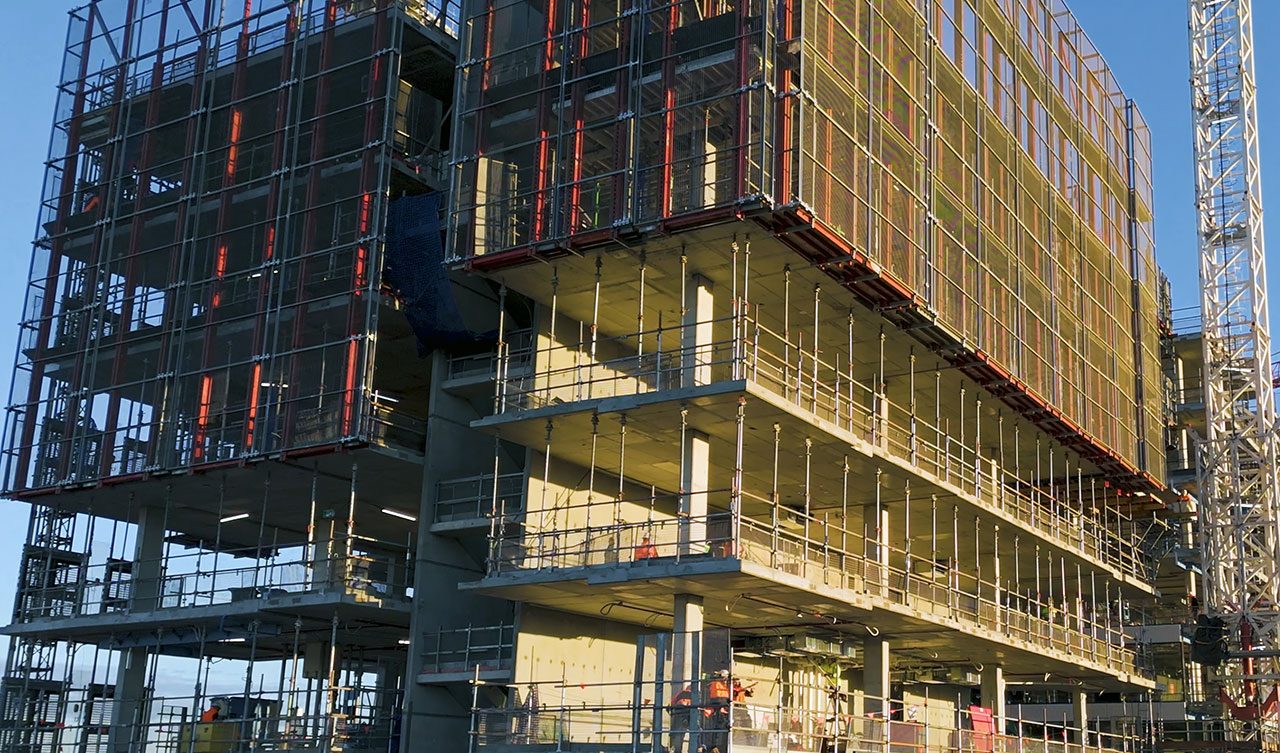This article is from the Australian Property Journal archive
IN unwelcome news for builders already contending with tight profit margins, residential construction costs have rebounded in recent months and are tracking at their highest rate of growth in more a year.
Labour costs remained a key driver of the increase, pushing residential construction costs up 3.4% over the 12 months to December – the largest annual increase in construction costs since the year to September of 2023 (when they came in at 4.0%) – according to CoreLogic’s latest Cordell Construction Cost Index (CCCI).
The quarterly change in construction costs eased to below 1.0% in 2023 and the first half of 2024, but rose in the second half to be in line with the pre-COVID decade average of 1.0%, shifting the annual trend higher.
CoreLogic Economist Kaytlin Ezzy said the latest data, while still showing growth around 40 basis points below the pre-COVID decade average of 4.0%, represents another challenge for an industry that is already struggling.
“Residential construction companies continue to face profitability challenges,” she said.
The CCCI up 30.8% since the onset of COVID. Construction pressures are expected to remain “stubbornly” elevated until at least 2027, according to WT’s latest Australian Construction Market Conditions Report, although a recovery in activity and the broader economy should become “quite apparent” before then.
Experts are calling for more action on labour shortages that have drained construction capacity, as the nation embarks on its ambitious National Housing Accord amid an ongoing housing crisis. BuildSkills Australia estimates the country faces the impossible task of finding 90,000 extra tradies to meet the government’s housing program targets.
“Outside of compressed margins and continued labour challenges, the construction industry is also facing a looming shrinkage in the construction pipeline,” Ezzy said.
Building commencements have been trending lower – Australian Bureau of Statistics data showed dwelling commencements over FY24 at 10-year lows.
These factors have contributed to an increasing number of liquidations. Some 2,832 construction companies became insolvent in FY24, representing the greatest proportion of company collapses.
In recent weeks, property developer Bensons Property Group, which has $1.5 billion worth of projects, entered voluntary administration, just a fortnight after Chinese-backed Melbourne-based developer APH Holding went into administration.
Dwelling approvals increased over the 12 months to November but remained 7.1% below the decade average, suggesting a shortfall of new projects entering the pipeline may continue for some time.
This was supported by the latest monthly CPI results, which showed new dwelling purchases sub-categories recording a 0.6% decline in November. The ABS noted the fall was primarily driven by builders offering discounts and promotional offers to entice business, putting further pressure on margins, Ezzy said.
Over the year to November, new dwelling prices increased 2.8%, compared to a 2.3% increase in headline inflation.
CoreLogic construction cost estimation manager John Bennett said movements in the costs of specific components varied for the quarter.
“It was a bit of a mixed bag this quarter, with increases and decreases across different categories.
“What is constant is that labour continues to be a key driver of cost increases.”
Concrete blocks was one area that saw falls, down by 15% on average, while plumbing PEX fittings and pipework were up by 5%.
“We’re not seeing any dramatic movements one way or another,” Bennett said.




